The Slipper Chapel, Little Walsingham, Norfolk, England
Bitter, bitter, O, to behold
The grass to grow
Where the walls of Walsingham
So stately did show.
Such were the works of Walsingham,
While she did stand;
Such were the wracks as do now show
Of that holy land.Weep, weep , O Walsingham,
Whose days are nights,
Blessings turned to blasphemies,
Holy deeds to despites.
Sin is where Our Lady sat,
Heaven turned is to hell.
Satan sits where our Lord did sway;
Walsingham, O, farewell.
These lines may have been written by Philip, Earl of Arundel, in the sixteenth century, though the authorship is not clear. Whoever wrote them, they are part of a longer poem which laments the destruction of the ‘holy house’ of Walsingham, and the friary associated with it, which we learned about last week. We also learned of the great pilgrimage trail to Walsingham, which pilgrims from all over Christendom would walk to receive the blessings of the Virgin Mary at the shrine.
The last mile of the pilgrimage was particularly important. As pilgrims approached the holy site, they were expected to display particular devotion. They would stop at a chapel one mile from the village, and here they would take off their shoes, and walk the last mile barefoot, along this path:
The thinking behind this was that Moses had taken off his shoes on Mount Sinai because he was on holy ground, and so pilgrims here should do the same. Every pilgrim who came to Walsingham, rich or poor, high or low, would walk the Holy Mile barefoot. Even the young Henry VIII took his fancy shoes off and got moving. Nobody could have known at the time what sort of dark poetry his later actions would inspire.
The little church and rest stop at the beginning of the Holy Mile became known as the ‘Slipper Chapel’ because people would take off their slippers at this point. Maybe they would leave them there and collect them on the way back. Or maybe there was a locker room, like in a municipal swimming pool. Perhaps you had to leave a groat as a deposit? We will never know, for history has nothing to tell us about what happened to the slippers. But it does tell us that, after Henry’s mobs went to work on the holy house and the shrine, the Slipper Chapel too was shut down and fell into disuse. The church that had been built on the site in 1340, dedicated to St Catherine of Alexandria, ended up being used as a forge, a barn, a poorhouse and a cow shed.
But lo! A we saw last week, history’s wheel can turn in unexpected directions. Look who’s back, Henry: those pesky Catholics!
The Slipper Chapel is rather a beautiful little building: a gem of its period. It sits surrounded by fields of sheep and shadowed lanes, elegantly built of local flint. Just look at those High Gothic windows:
You would never know from looking at it that it had to be completely restored in the late nineteenth century, after a wealthy local Catholic woman found it half-ruined in a farmer’s field. But restored it was. The first Mass since the Reformation happened here in 1934, and in 2015 Pope Francis officially declared the Slipper Chapel to be a ‘minor basilica.’ Maybe some Catholic readers can tell me exactly what this means. For now, all I can say is that it is clearly less important than a major basilica, but more important than a minor church.
Inside, it has the feel of an English parish church in the High Anglican style. English parish churches always make me feel like I am at home, in some very deep sense. Give me a rural church like this over a gilded urban cathedral any day:
Outside, though, it is another matter, for the little basilica does not stand alone. These days it is part of a big complex, with additional chapels, a gift shop full of candles, Christmas tree baubles, icons and prayer books, a very big car park and a large outdoor arena, where the masses can gather to watch the Mass. Presumably this only happens during the summer:
It all reminds me of somewhere like Knock, in the West of Ireland, another vast Marian shrine and pilgrimage site, in that case with its own attached airport so that pilgrims can fly in for their veneration. The Catholic Church is good at operating these enormous mega-pilgrimage sites. At Walsingham, coachloads of people are disgorged at the Slipper Chapel on designated pilgrimage days each year, and sometimes, judging from the website, the place looks like a Christian Glastonbury.
As I say, I’m more of a small parish church kind of chap. I swerve instinctively away from anything that involves big car parks, coach tours and open air speakers. I prefer the musty silence of an old reredos, or hunting for green men in a moss-covered churchyard. Is this bad? Maybe it is. I mean, don’t get me wrong: I’m happy that the pilgrimages are happening again. Every year, lots of devout Christians - Orthodox, Catholic, Anglican and others - come together here and parade the statue of Our Lady of Walsingham from the Anglican shrine to the Slipper Chapel, up the Holy Mile. I approve of that. It beats watching Love Island. I would like to see restored pilgrimages in every town in England.
Still, if I was there, there would be a good chance I would wander off down the quiet lanes on my own, probably in the other direction, seeking a bit of peace and quiet. I always find that prayer seems more real when you can hear nothing but birdsong and wind. I suppose that God can be found anywhere. Maybe, though, he can only really be heard in silence.





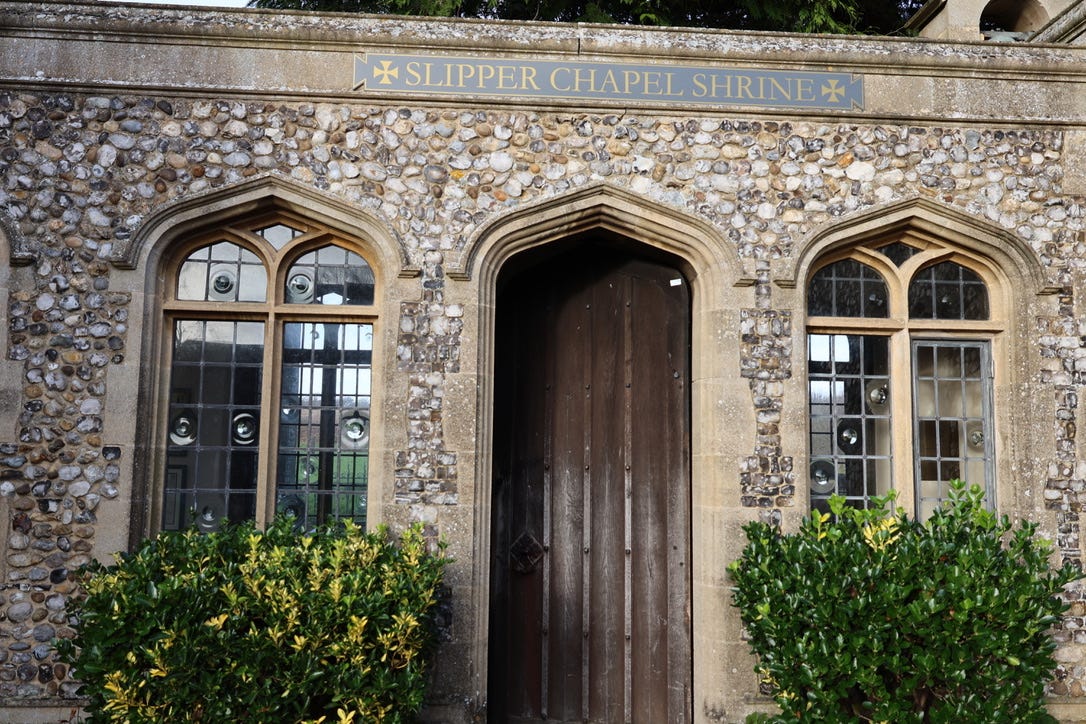
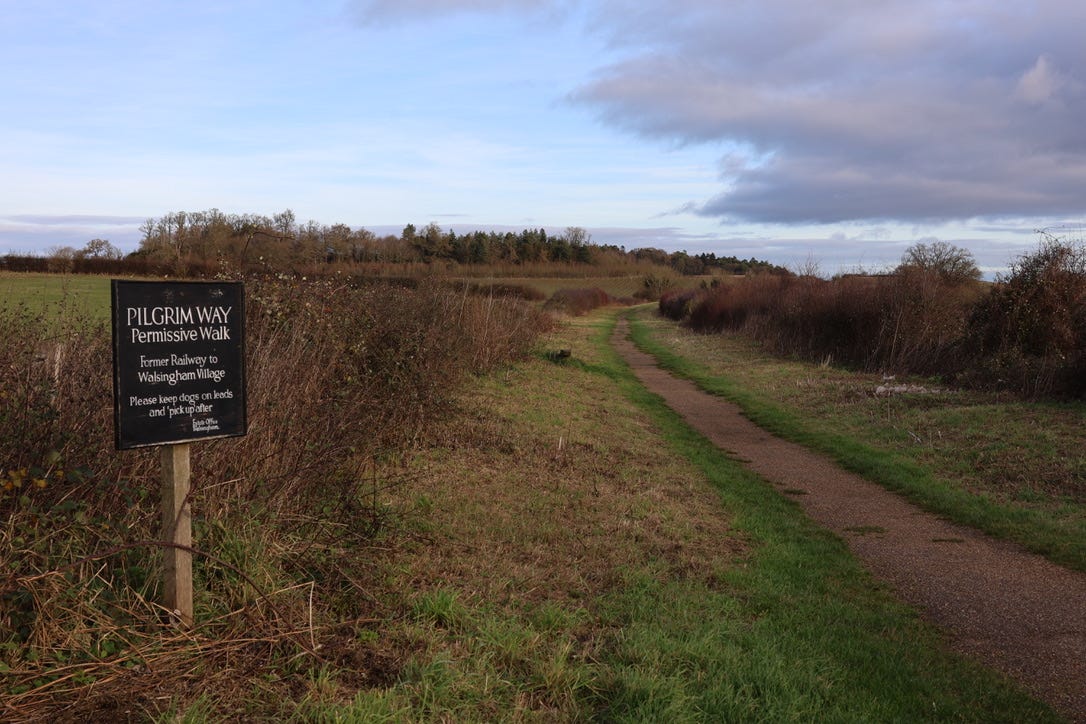
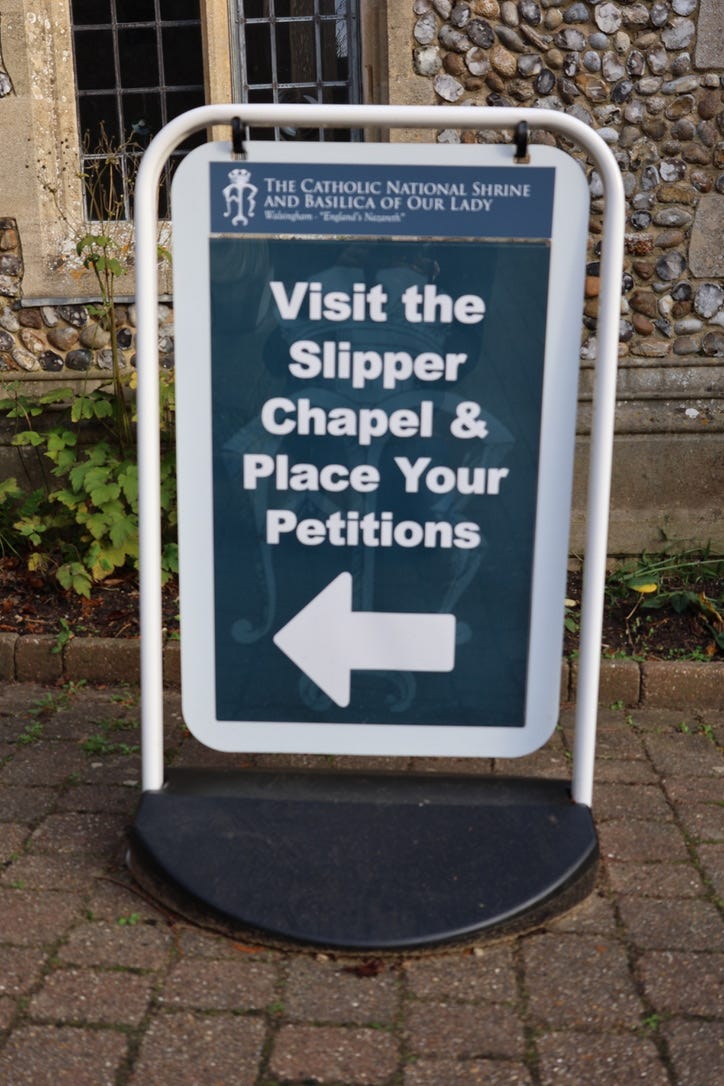
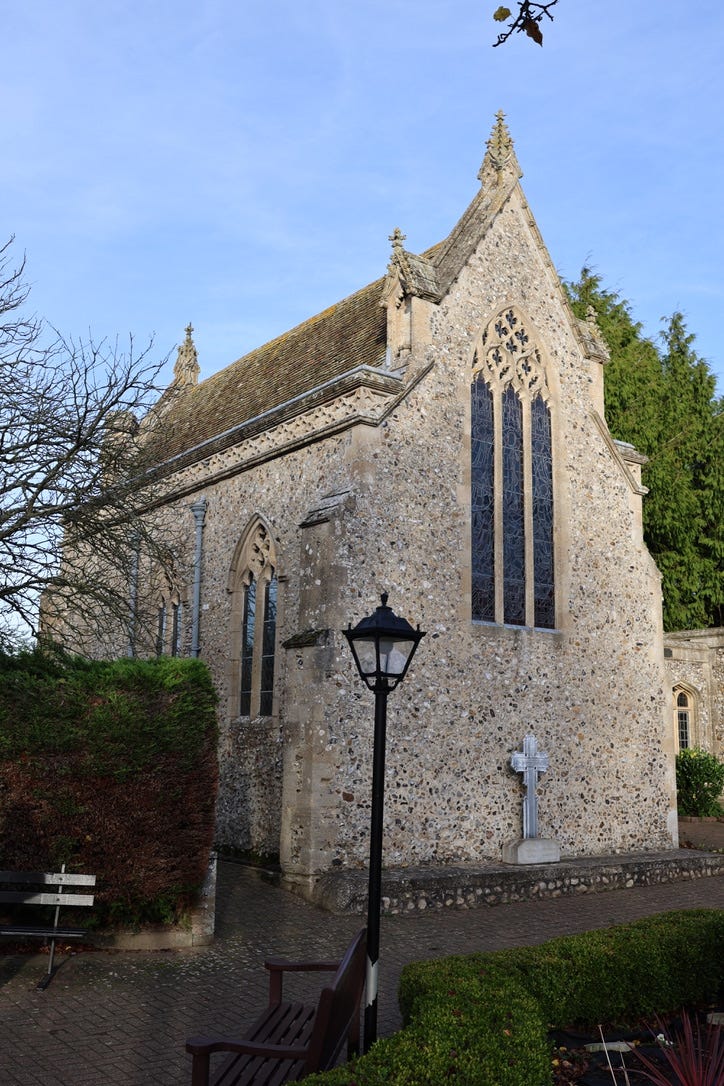
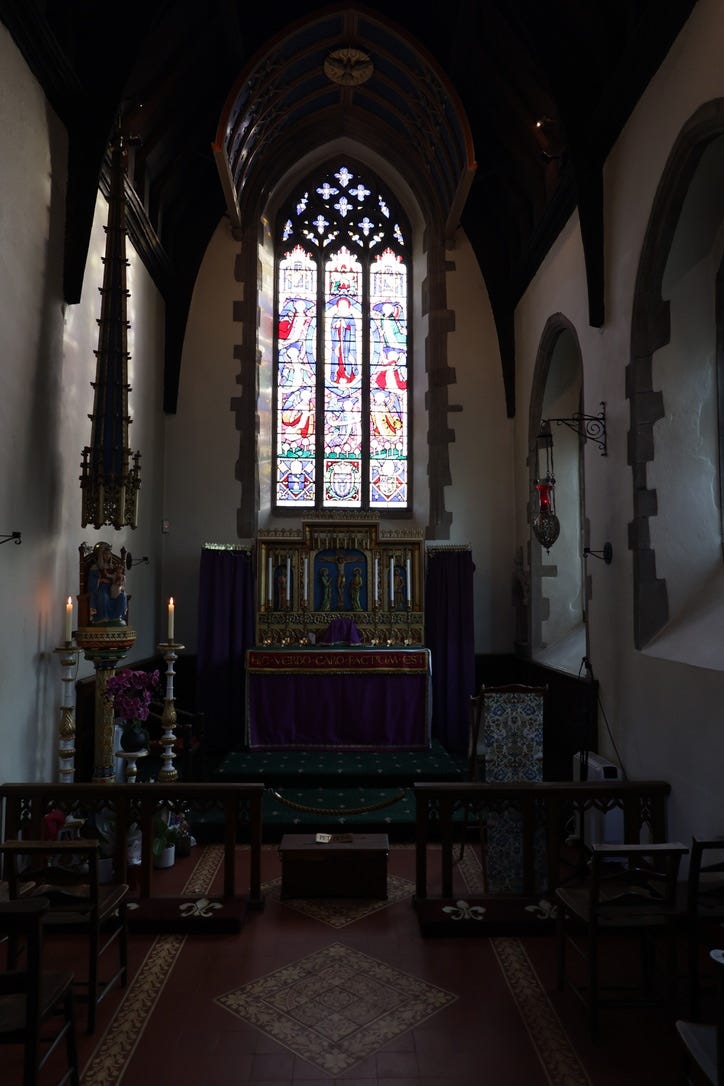
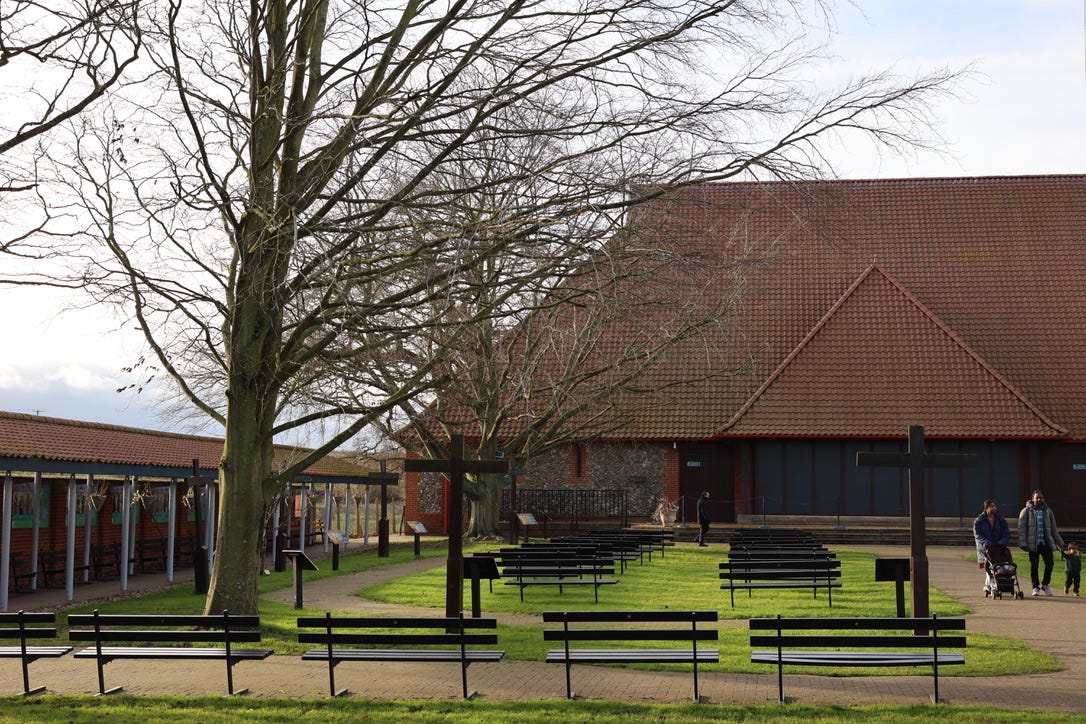
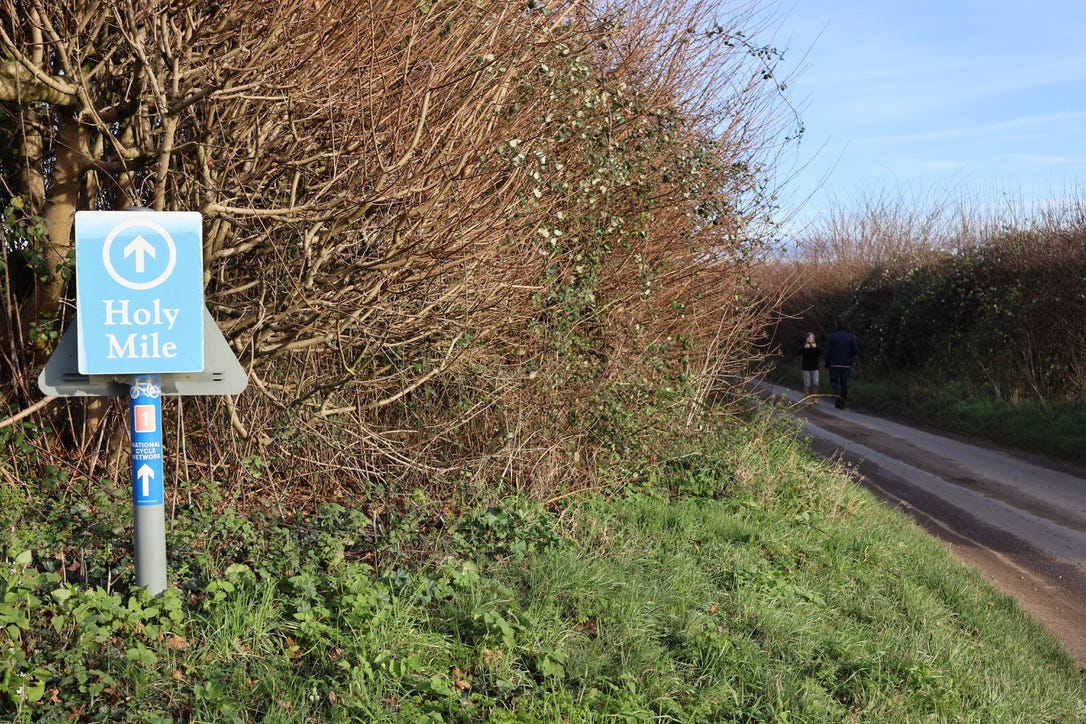
Minor Basilica is a Church of historical and architectural value which has "particular importance for the liturgical and pastoral life" of some place. In essence, it is the Pope's Church in some place around the world. Minor Basilicas are specifically tasked with celebrating the feasts of the liturgical year with great care and attention. "The word of God is to be diligently proclaimed either in homilies or in special sermons. The active participation of the faithful is to be promoted both in the eucharistic celebration and in the celebration of the liturgy of the hours."
In addition to excellence in the fostering of the Sacred Liturgy, Minor Basilicas are to be places of instruction in the Catholic Faith and evangelization.
All of these mammoth tasks are certainly beyond any priest. They are the universal work of the Church! For this reason, all the faithful of the parish are encouraged to be an active part of the mission of the Minor Basilica.
There are only four Major Basilicas: St. Peter's, St. John Latteran, St. Mary Major and St. Paul Outside the Walls. These four Churches are particularly connected to the Pope in history and in practice. All other Basilicas are thus "Minor" Basilicas.
"I always find that prayer seems more real when you can hear nothing but birdsong and wind. I suppose that God can be found anywhere. Maybe, though, he can only really be heard in silence."
There seems to be always a tension between the need for solitude ("be still and know that I am God") and the call to community ("come let US worship and bow down...").
Our "always connected" world of devices seems to make both solitude and community harder to attain.